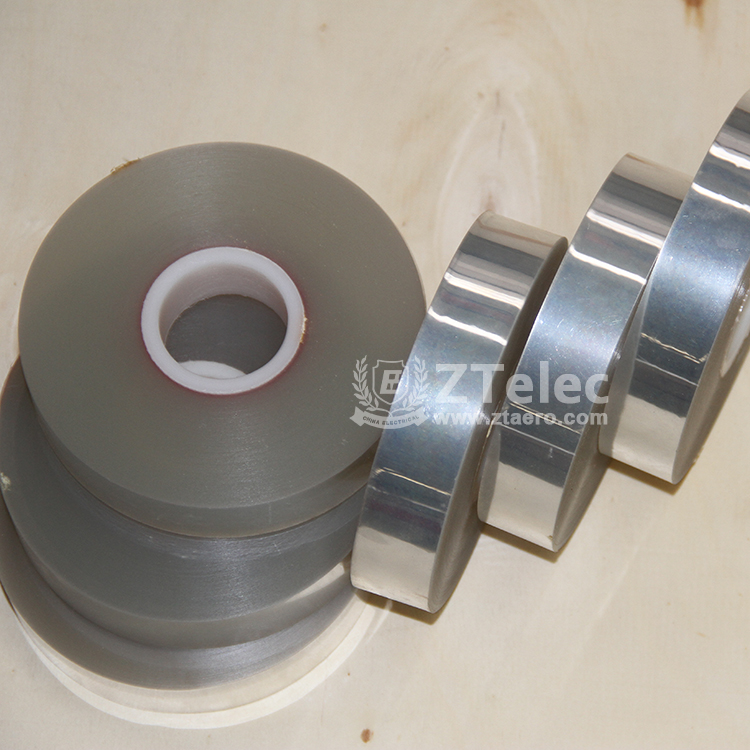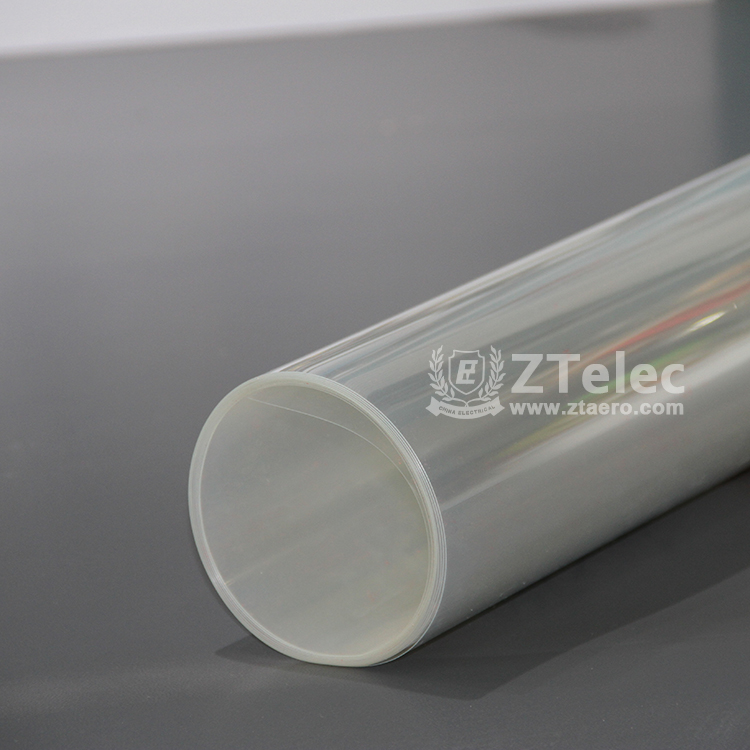Uniformity of Polyimide Film Thickness
Flexible printed circuit board (FPC) is one of the key areas of polyimide film application. The great feature of FPC is that it can be moved, bent, folded and stretched in three dimensions, thus requiring its substrate to be polyacylated.
The imine film is light and thin, and has excellent tensile properties and insulation properties. National Standard GB 13555-92 “Flexible Copper Clad Polyimide Film for Printed Circuits” and GB/T 13542.6-2006 “Film for Electrical Insulation Part 6: Polyimide Film for Electrical Insulation” The thickness, tensile peeling performance, electrical properties and the like of the imide film are clearly defined.

GB/T 13542.6-2006 divides the polyimide film into 7.5, 13, 20, 25, 40, 50, 75, 100, 125 nine categories according to the nominal thickness (μm), and separately for each type of material. The corresponding numerical requirements for tensile strength, elongation at break and AC electrical strength are presented. It can be seen that the thickness is a basic and key indicator in the performance standard, which is of great significance to the stability of the physical properties of the film and the operation of the subsequent processes.
First, the uniformity of film thickness affects its mechanical properties to some extent. When the thickness of the polyimide film is less than 20 μm, the transverse and longitudinal tensile strength and elongation at break show a positive correlation with the thickness, and when the thickness is greater than 20 μm, the transverse and longitudinal tensile strength and elongation at break becoming steady.

Second, the uniformity of film thickness is closely related to AC electrical strength performance. When the thickness of the polyimide film is 20-25μm, the AC electrical strength reaches the highest value – 200V/μm and above. When the thickness of the polyimide film is less than 20μm or higher than 25μm, the AC electrical strength decreases. The overall trend of the relationship between the two is mountain-like.
Third, the poor uniformity of the film thickness will greatly reduce the quality and efficiency of the final winding.
Fourth, the problem of film thickness uniformity can cause an abnormal increase in production costs, thereby reducing the market competitiveness of products to a certain extent.